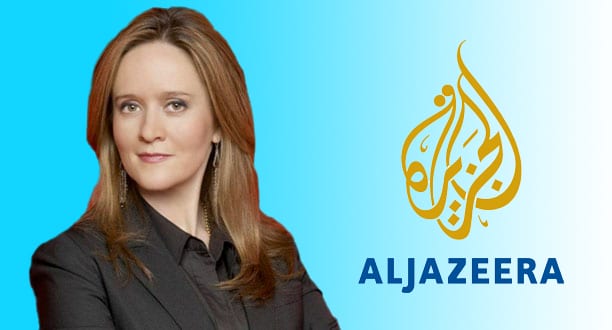
International broadcasters should worry about how they are covered by the domestic media of countries in which they are trying to build audiences. How they are reported and commented on can impact the public’s receptivity.
This matters more for controversial broadcasters operating in politically sensitive times. One example I studied closely is the case of Al Jazeera English (AJE) in the United States. By covering underrepresented areas in the world, AJE holds out the promise of facilitating intercultural understanding and knowledge of international affairs among Americans. Research by Shawn Powers and Mohammed El-Nawawy (pdf) looked at how the political views of individuals viewing AJE moderated over time, leading them to term it a “conciliatory” medium.
However, AJE is not widely available on television in the United States — an inherent limit on this potential. Public opposition to AJE, beyond the conventional wisdom of the cable industry that Americans are uninterested in international news, is one reason. Aversion to AJE is rooted in the perception of Al Jazeera as an enemy of the United States. The Bush administration frequently lambasted the channel, associating it with Al Qaeda in public statements.
Many Americans hold pre-formed suspicions of the channel. In a previous study (pdf), Katie Brown and myself found that pre-reception audience bias against AJE exists in the United States. Americans were more likely to rate as credible and less biased a news report when it displayed a CNN logo, compared to when it bore AJE’s. That is not to say all of our participants opposed AJE. Mistrust of AJE correlated most highly with both conservative political ideology and prejudice against Arab Americans, limiting its conciliatory potential.
In a follow-up study published in the Journal of Intercultural Communication Research, we asked whether Americans change their views toward AJE depending on how it is covered by other media, or what we call “intermedia framing.” It is based in our contention that in media-rich societies, public perceptions of newer or foreign media outlets can be influenced by how they are depicted by other media programs.
This is a potential media effect — we argue — even in an era of increased audience selective exposure, which many communication scholars argue limits how media influence people’s beliefs. In other words, while media pluralism has made it easier for audiences to select media to meet their preferences and needs, they may still incidentally learn about other media. It follows from Matthew Baum’s work on the advantages of soft news for informing the public on issues, even if inadvertent and under the pretense of entertainment.
We gauged how Americans evaluated AJE after viewing packages about AJE trying to enter the US market. One was a Daily News bit featuring Samantha Bee (see video) and typified satiric soft news, using layered humor to tease AJE and mock American news-viewing habits.
The other package typified hard news; it was an NBC News report (no public link available). It covered some of the same themes, referencing the administration’s critiques and the airing of the bin Laden videos (only shown but not commented upon in the Daily Show segment).
Our participants who watched the Daily Show’s bit demonstrated more openness to AJE, but also less prejudice against Arab-Americans. Humorous inter-media framing facilitated receptivity to the channel probably by disarming apprehensions. The hard news piece likely stoked fears related to the “war on terror.” We did not test for the specific emotional or cognitive effects that brought about perceptional changes, unfortunately.
Other researchers have shown in interest in inter-media framing and Al Jazeera English, though using different terminology, theory and methods. In a recent paper in Journalism, Kimberly Meltzer looked at how American journalists, as an interpretive community, represented AJE as it launched in the Washington, DC market. News coverage of AJE was largely positive, suggesting they generally did not share the antipathy expressed by members of the public who mobilized to oppose AJE’s carriage in other communities. She related this to AJE’s marketing and outreach efforts, which she usefully reviewed.
Whether positive inter-media actually leads to more demand to have AJE placed on American cable and satellite services is another question. Our study showed it can in an experimental setting. Meltzer observed changes in actual inter-media framing. More research on actual public reactions to AJE is needed to round this out.
There is a larger lesson for state media outlets. With the fast growth in the number of outlets, it is natural that a competitive field increases references between media. As international broadcasters face increasingly complex media milieus, there is a greater need to appeal to domestic news channels since they can influence public receptivity. That can be difficult given the natural competition for eyeballs and likely differences in ideology or interests. However, broadcasters may want further invest in media relations work to expand their PR and marketing efforts. The concept of inter-media framing

